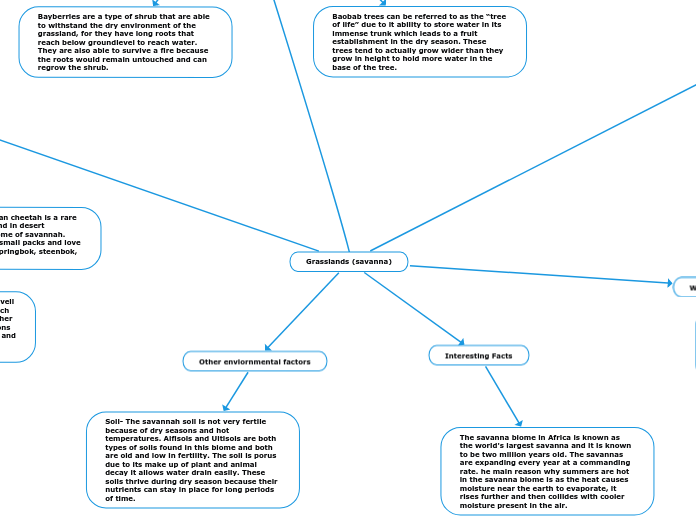av Barrett Greenhaw för 2 årar sedan
466
Grasslands (savanna)
The savanna, a vast grassland biome, hosts a diverse range of fauna, predominantly grazing herbivores such as zebras, buffalo, and antelopes. These animals often rely on herd dynamics and speed to navigate the open landscapes and evade predators.









